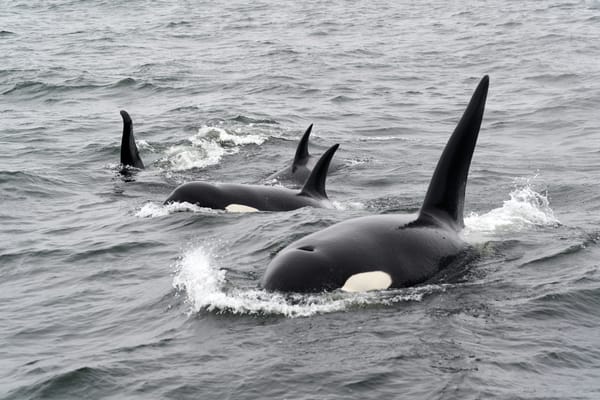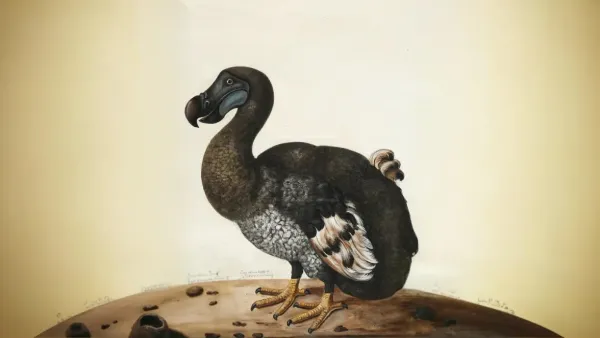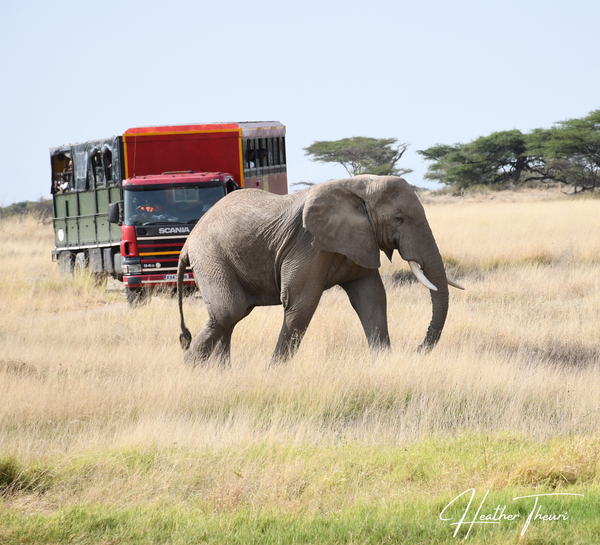The Floating Menace: Unmasking Water Hyacinth

I’ve spent more mornings than I can count perched on the edges of Lake Naivasha; coffee in hand, binoculars nearby, soaking in the bird calls and stillness. It’s a place that offers up quiet magic.
At first glance, everything seems perfect. The lake glistens. The breeze dances through the papyrus. And then you see it; a thick, green sprawl creeping over the water’s surface like a party crasher. Delicate purple flowers nod in the wind, as if the lake is hosting a floral tea party.
But on each visit, the illusion cracks a little more. You notice it in the way fishermen struggle to launch their boats. In the muttered frustrations. In the way the open water shrinks, quietly.
And you start to realize, this isn’t just a few weeds.
It’s Water Hyacinth, and it’s staging a full-blown takeover.
What Is Water Hyacinth?
Water hyacinth (Eichhornia crassipes) is a free-floating freshwater plant with glossy, round leaves and lovely lavender flowers. Native to the Amazon basin, this plant was once celebrated for its beauty and even paraded as a showpiece at garden parties.
But like that one guest who doesn’t know when to leave, water hyacinth overstayed its welcome and began choking wetlands, lakes, and rivers across the tropics and subtropics.
Botanical quick facts:
- Reproduces ridiculously fast.
- A single plant can produce up to 5,000 seeds and double its biomass in as little as two weeks under ideal conditions.
- Floats on spongy bulb-like stems filled with air, allowing it to drift freely and conquer new waters without even trying.

Where Is It Found?
Originally from South America, the water hyacinth has now invaded freshwater ecosystems in Africa, Asia, Australia, and the southern United States. In East Africa, it’s a long-time squatter in:
- Lake Victoria (which it nearly smothered in the 1990s)
- Lake Naivasha
- Lake Kyoga and Lake Albert in Uganda
- Various Kenyan dams and irrigation canals
It floats, spreads, and multiplies often unnoticed until it's formed an impassable, green mass. Like a floral version of a traffic jam.
Why Is It Called Invasive?
Because it invades; without asking, without slowing down, and without natural predators to keep it in check. In ecological terms, “invasive” means a non-native species that causes harm to the environment, economy, or human health. Water hyacinth checks all three boxes with unsettling enthusiasm.
Environmental Impact: The Good, The Bad, and the Chokey
Pros (yes, there are a few)
Believe it or not, water hyacinth does have its fans in some circles:
- Water filtration: It can absorb heavy metals and nutrients like nitrogen and phosphorus, cleaning up polluted water though only temporarily.
- Biofuel and biogas potential: Its high cellulose content makes it useful for renewable energy experiments.
- Crafts and income: Some communities harvest it to make baskets, mats, and paper products.
- Carbon sequestration: It absorbs carbon dioxide rapidly. But before you get excited...
Cons (where do we begin?)
- Blocks sunlight: Prevents light from reaching submerged aquatic plants, collapsing ecosystems from the bottom up.
- Depletes oxygen: As it decays, it sucks oxygen from the water, killing fish and other aquatic life.
- Disrupts fishing and transport: Clogs nets, propellers, and boat engines.
- Breeding ground for disease vectors: Mosquitoes, bilharzia snails, and other unwelcome guests love its dense mats.
- Displaces native species: It muscles out local aquatic plants, simplifying and weakening biodiversity.
- Economic cost: Clearing water hyacinth costs millions annually in lost livelihoods, blocked hydropower systems, and damaged ecosystems.

What’s Being Done About It?
- Manual and mechanical removal.
- Biological control – using Neochetina beetles and other insects that feed on the plant. Results vary.
- Public-private partnerships – groups are exploring how to turn the weed into economic opportunity through energy and products.
What Now?
Water hyacinth isn’t going anywhere without a fight. It’s a reminder of what happens when ornamental beauty is introduced without ecological foresight. It’s a living metaphor for how nature always seeks balance.
If we love our lakes, we have to protect them; beauty, balance, and all.
Support the cleanups. Spread the word. Stay curious.
Sincerely,
Blue 💙
References
- Gichuki, J., et al. (2012). "Water Hyacinth in Lake Victoria: Why It Persisted and What to Do." African Journal of Aquatic Science.
- Patel, S. (2012). “Threats, Management and Envisaged Utilization of Aquatic Weed Eichhornia crassipes: An Overview.” Reviews in Environmental Science and Bio/Technology.
- Global Invasive Species Database: www.iucngisd.org
- Kenya Water Towers Agency: Water Hyacinth Management Reports




